This entry was posted on January 28, 2019.
by Damian McGillicuddy; OLYMPUS VISIONARY
Things evolve; it’s just the way that nature is. Not only do they evolve, but new family members spring up and occupy a different branch on the old family tree.
Today is one such day, say ‘Hello’ to the newest member of the family, as the Olympus OM-D E-M1X takes up a separate branch on the family tree…the same but not the same.

To be fair, it amazes me how sites like 4/3rumours are so accurate with their “predictions”, you can’t convince me that somebody isn’t telling tales out of school! So…you all know what the specs are the question is, how does it work?

One of my big joys for the Micro FourThird system is the power to weight ratio - I like small and powerful, and the quality matched with the logistical form factor is why I love the OM-D so much. So I was a little disappointed when I was told about the size increase of the latest family member (I should be the only fat thing in the Olympus family?. In reality though it so close to an E-M1 Mark II with the additional power grip, that’s how I use my camera most, that the size difference isn’t worth the chat, first worry over.
The other new obvious feature to the new boy is the “turn buckle” style switches on the card slot and double battery holder door - they are obvious hints as to the improved weather sealing. I always thought that the E-M1 Mark II was a great performer in this respect, I’ve never had any issues but this does feel a whole new level, so major brownie points there.
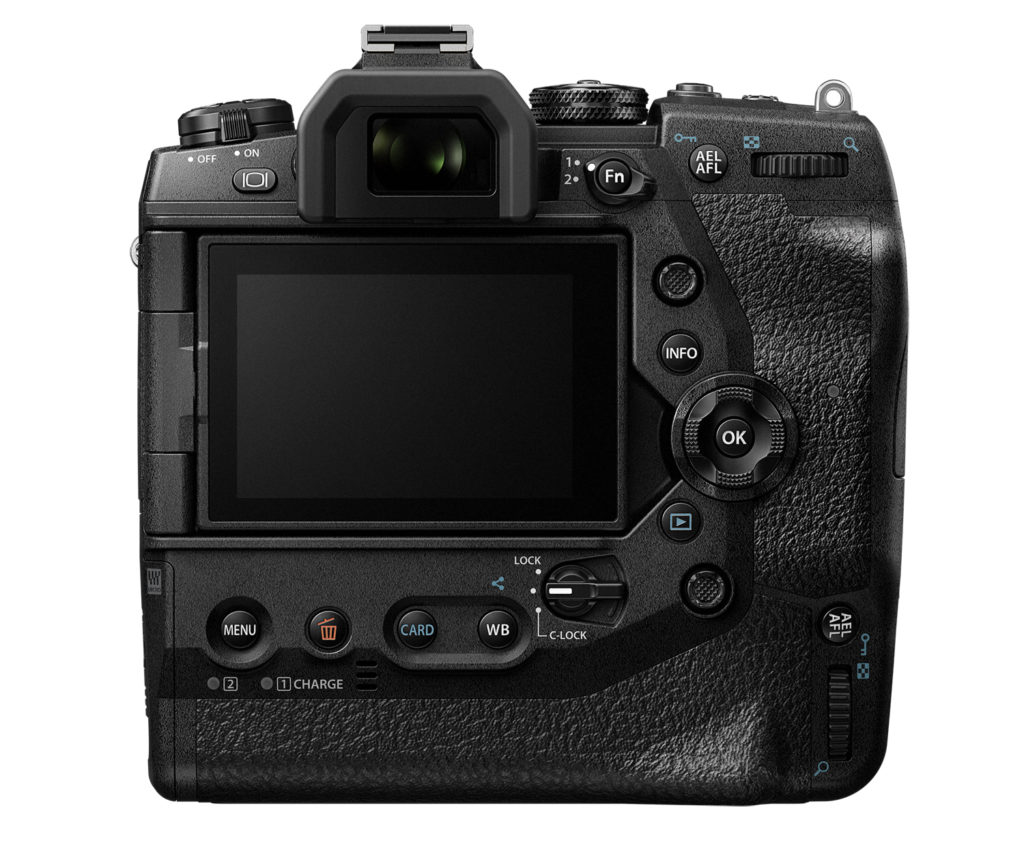
The dials, switches, d-pad layout is all slightly different if familiar - laid out to utilise the extra surface area and orientation of shooting. The new feature on the body is the little joystick, awesome for moving focus points accurately and quickly. This is a very welcome feature.
Like I say, most of you know from the good old internet that it is a 20.4 million megapixel sensor and that it has 2 Trupic Vlll processors which gives sequential shooting and buffering @10fps for 287 RAW files… these are just numbers though the real question is what does this mean in reality?
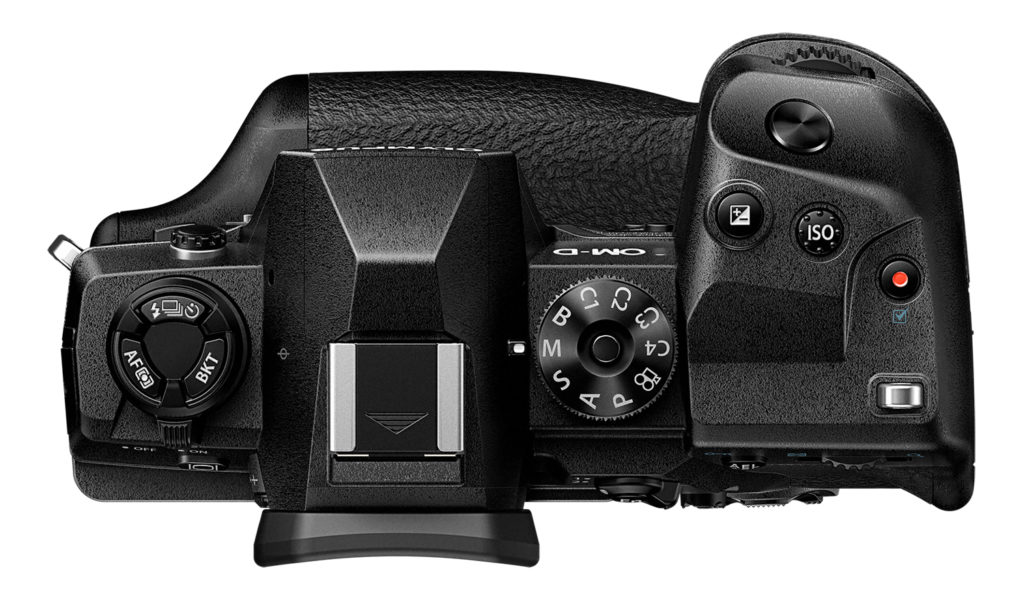
I really wanted to test my pre-production model and test myself using it. I shoot a lot of sport - rugby being the main sport, closely followed by motorsport (I LOVE the TT). I wanted to feel a little out of my depth for my main test; to be out of my comfort zone so both camera and I were at a slight disadvantage, that’s how tests should be, right?
I didn’t expect it to be such an extreme test though! I asked Widnes FC could I follow them to their Evo-Stik Northern Premier league away game (these are the guys with the round ball not the oval ball) and I’m deeply grateful for their inclusion.
Kick off was 3.00pm while being dark and gloomy but we got off a few shots. The thing that struck me first was how swift the camera processed the bursts of images. Yes, I tested the very high frame rate and it was basically faultless. In reality, it’s not how I shoot - I maybe shoot a 4 to 6 frame burst as I try to pick my shots so that I don’t end up with thousands of files to wade through after a game. If I’m going to rely on frame rate over skill, I may as well video it and grab a frame! I can remember a good friend of mine telling me how they routinely covered the Challenge Cup Final at Wembley with a 5x4 plate camera with just 6 exposures. Now that is pleasure!
The point is, the camera handled itself just the way I wanted frame rate wise and it is capable of so, so much more.

OM-D E-M1X Pre production 1/800 sec F4.0 ISO4000 180mm
The auto focus is extremely configurable, and the joystick helps immensely with this function. Focus tracking worked very well and the ratio of unsharp to sharp was very low - it did a sterling job of keeping the primary subject isolated and tracked. I use the E-M1 Mark II regularly and am pleased with that, but this is most certainly a step up and a step forward for today’s high action shooters.

OM-D E-M1X Preproduction 1/320 sec F4.0 ISO6400 155mm
Then it happened!
The dark gloom changed to heavy rain and very quickly the light disappeared my initial 1600 ISO became 2500, then 4000, then 6400. Ultimately to get shutter speeds that would freeze the action I ended up at 8000 ISO (Yes, you read me right - 8000 ISO).
In reality - it is the best test that could have happened.
The camera just kept on working! Tracking was doing it’s thing - bear in mind I could only get high enough shutter speeds even with 8000 ISO when the action happened immediately under the floodlight sections of pitch, where the light faded it was impossible to shoot. Focus was keeping up and I got some nice shots; images I’m pleased with.

OM-D E-M1X Pre production 1/320 sec ISO 6400 170mm
OK, in all honesty the 8000 ISO images aren’t going to excite if printed to 60 inches across and scrutinised with a loupe, but by God, they are up to muster for the intended news and sports market and if I’m really honest I was shocked at how capable my pre-production unit performed and the quality it delivered. It surprised and impressed me.
I even managed the 90 minutes without a mega pain in my back. Despite its fixed grip, it is a pocket rocket - the control layout is intuitive so despite not being my familiar camera I had no trouble in navigating around buttons and menus to make it work the way I wanted it to.
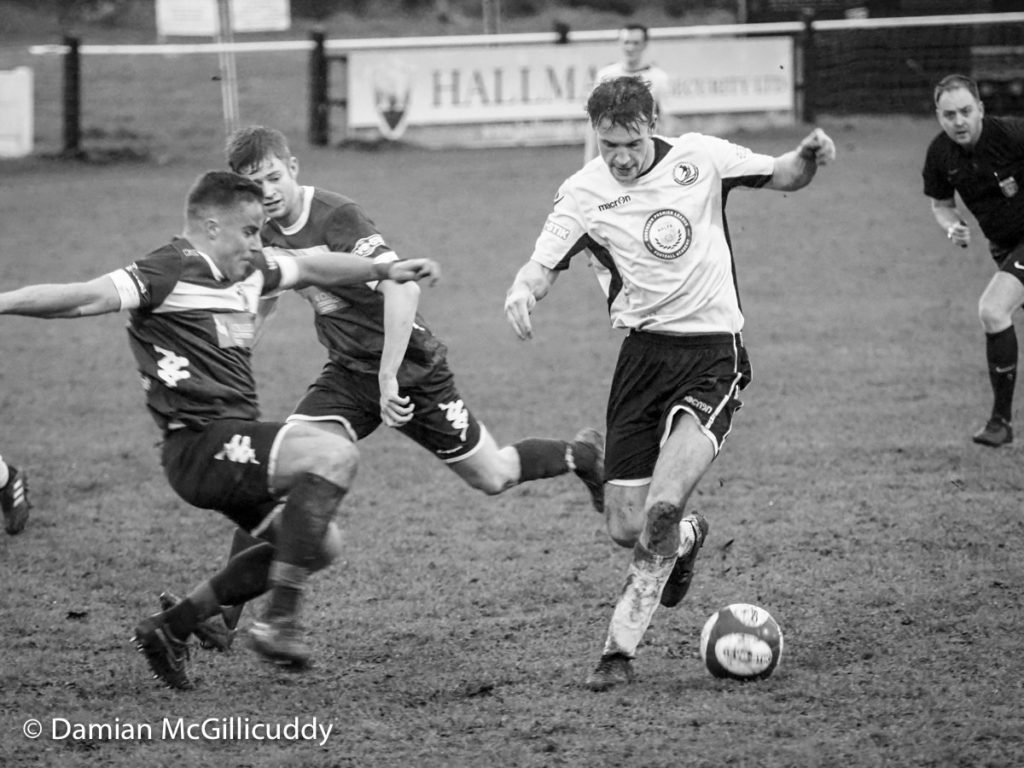
OM-D E-M1X pre production 1/320 sec F4.0 ISO 6400 170mm
This is a camera for a niche market or serious fans of the brand, and all through its development I wondered if is there a need for the camera. The real answer to that, an answer that surprises me, is (now that the pre production unit has gone back) I miss it. It does extend my abilities and it sits nicely in the niche and I will be mythering to get my hands on the next available unit because I want it to surprise and impress me more.
I want to try the features I didn’t get round to creating nice pictures with. I just tested its functionality and that is never enough for me, I have to create a picture I’m proud to show which reflects the technologies capability. I want to shoot a hand held (up to a 60th of a sec) hi res image that deserves to be shown, not just an image of the detritus on my desk to show what it can do.
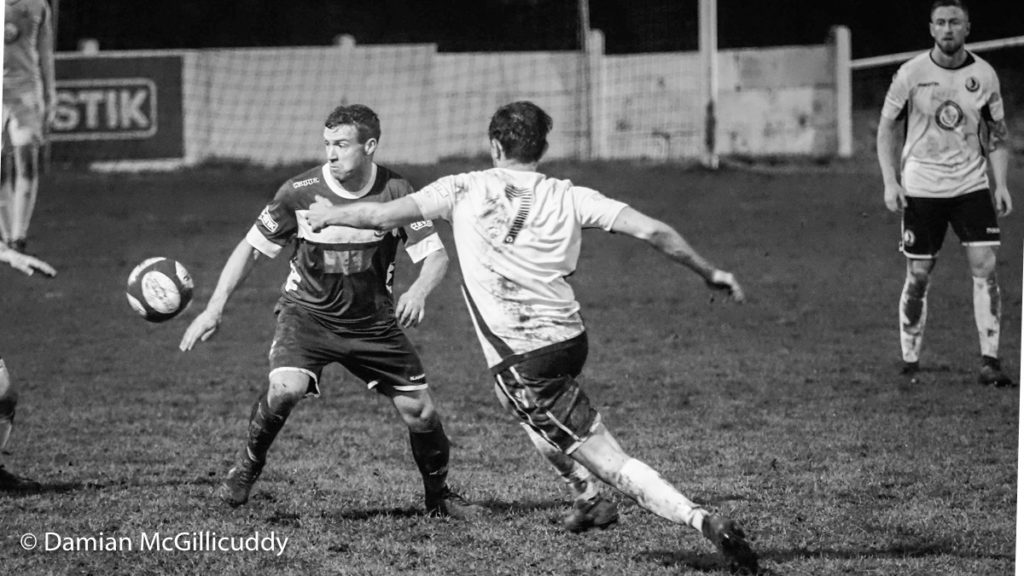
OM-D E-M1X Preproduction 1/320 sec F4.0 ISO 8000 210 mm
I want more time playing with the now 15 shot focus stacking in camera and the LIVE built in ND filters, in December / January I couldn’t find anything I really liked to create with it.
My better half is intrigued by the improved video capabilities from the 120fps to the new LUTS and the AF sensitivity options.
You will be inundated with reports that list each and every feature like, 0.84x magnification in the viewfinder, stuff that makes no difference till you get to try it. To the journalists who have walked round their office and garden at home with it, pushing buttons and testing the mechanics of the features, even shipping files off to be lab dissected and I didn’t want to give you a detached write up like that.
If you are going to hand over hard earned cash for the new family member, I wanted to give you something solid, something real. As it happened I didn’t expect it to get as real as it did, pushing me up to 8000ISO but as the saying goes “Sh*t happens”, it did and the Olympus OM-D E-M1X handled it and did so much better than I anticipated and delivered me workable, printable images for its intended news purpose so JOB DONE, you can’t really say more than this.
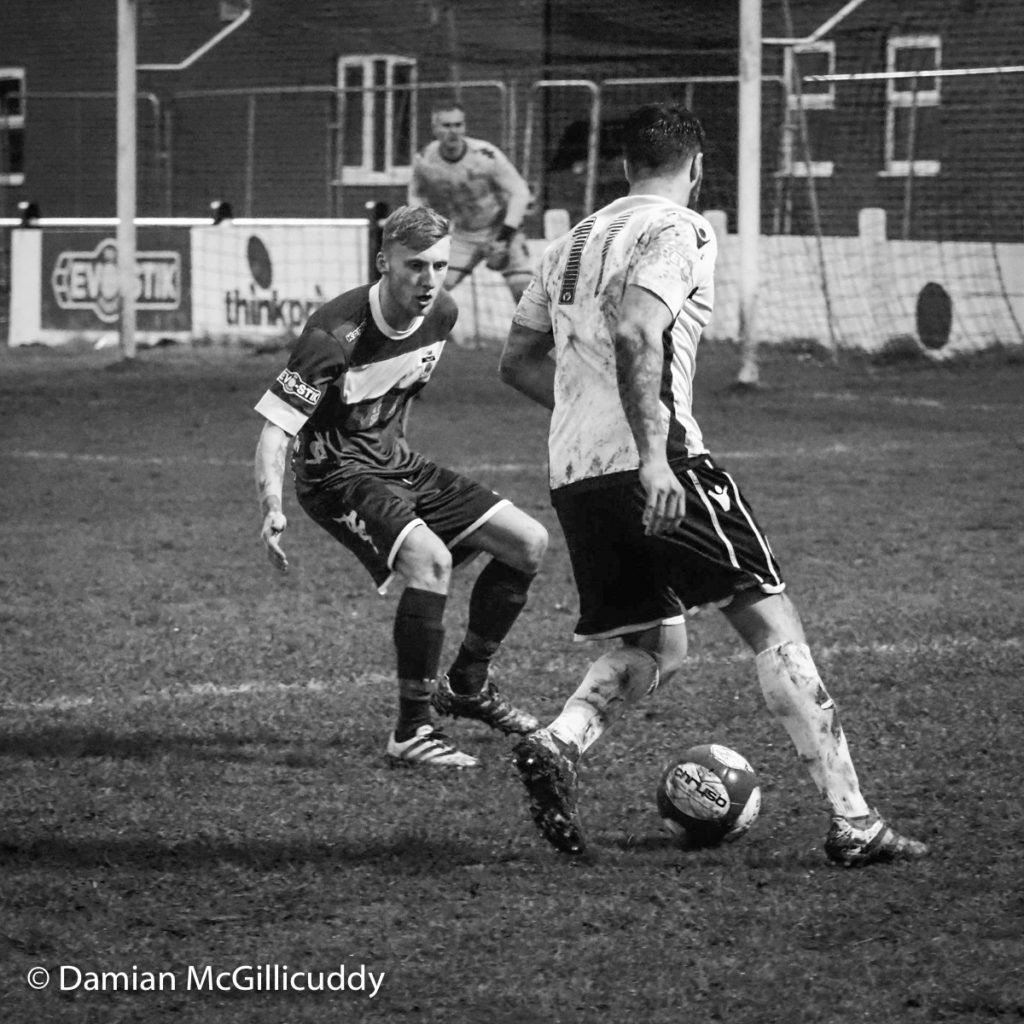
OM-D E-M1X Pre production 1/500 F4.0 ISO 8000 90MM
At the time of writing this, I don’t know how much the first in the new breed on the new branch of the old family tree will cost but it does what it says on the tin. Please bear in mind this is real high end and isn’t a camera that everybody needs. It’s not a replacement to the E-M1 Mark II but rather a cousin who’s come to help those in the family with really specific needs. Where I’m torn is there are features I love; like the LIVE ND filters and the hand held hi res which as I understand it, are not just software driven, the processor power is important so it comes down to this…
If you are invested in the brand and you need the extra it can do, it’s a no brainer - you have to add to your system. If there are features you like and want (and ‘want’ being the operative word) then that’s between you and your wallet… just remember you can’t take money with you when you’re gone so enjoy it now.
A working commercial and Portrait photographer for over 30 years, Damian McGillicuddy shoots all genres from fashion to footballers, products to politicians and musicians to motorsport.
Damian’s hard work and dedication has resulted in him earning 7 international Fellowships, holding the title of Master Photographer with the NPS and the Guild of Photographers, being the first photographer to be awarded a Double Masters with the Societies and being one of only 3 individuals to be honoured with the prestigious title of ‘Grand Master’. In 2013, his achievements lead to Damian being instated as an Olympus Visionary.
With over 25 years in the industry Damian has gained a fantastic level of knowledge and experience. With the aid of his team Damian runs many photographic workshops and training days throughout the year, his photography workshops are designed to help you achieve your photographic and business goals and aspirations. Over the past 5 years Damian’s training has resulted in photographers achieving many national and international awards, 10 photographers of the year titles, and has seen a great number of photographers gaining photographic qualifications – ranging from licentiate all of the way to fellowship.
Those who know Damian McGillicuddy personally will be aware that his passion life that has always run in parallel to his love of photography is the noble art of the Marquis of Queensbury (or boxing to you and I). A phrase often banded around in boxing circles is “pound for pound the best” – being a term used to describe the most skilled within the noble art, irrespective of weight class. It wouldn’t be a misuse of this term if used to describe McGillicuddy and his impact on his chosen profession, namely photography.
Article re-printed with permission. First published on Damian McGillicuddy's website on 24th January 2019







